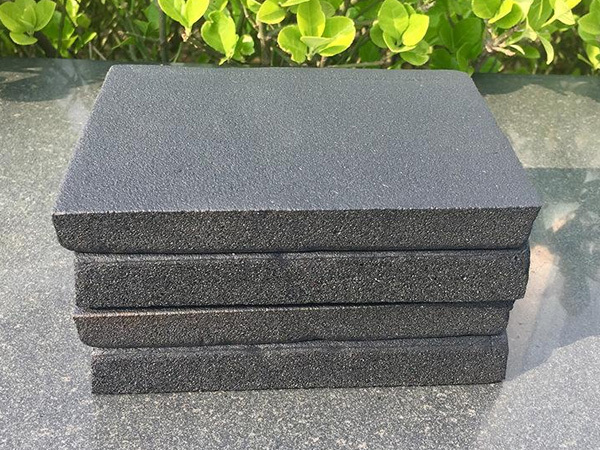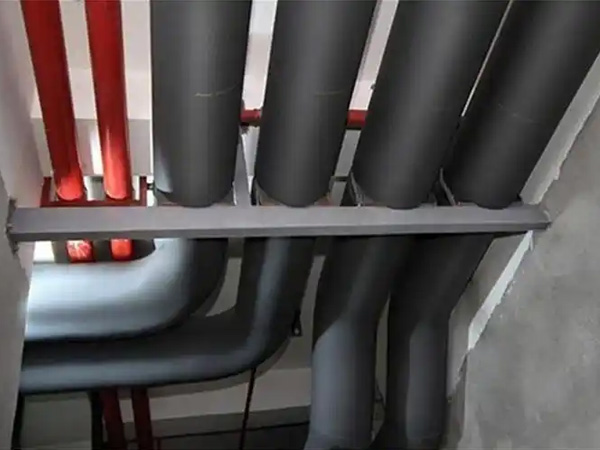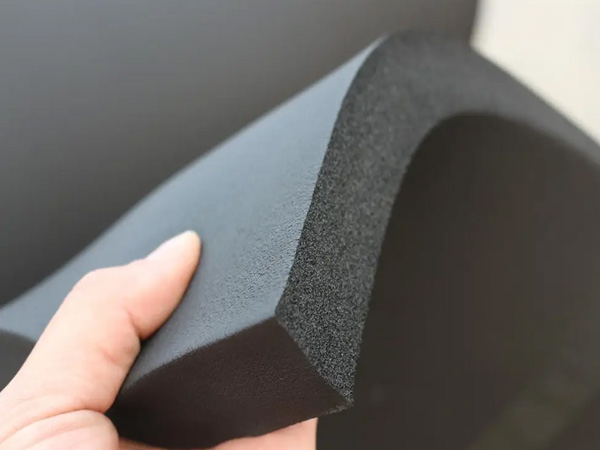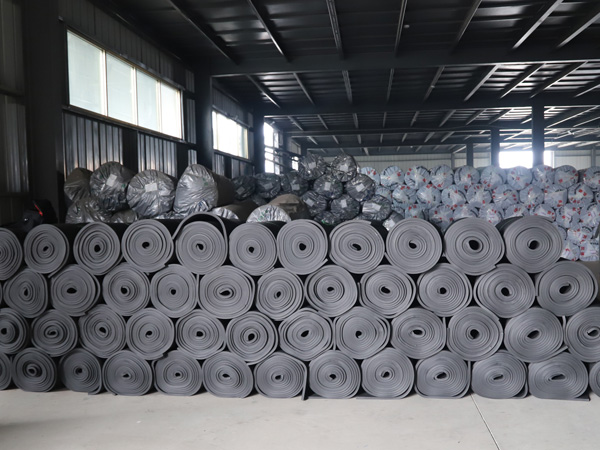Common Issues of Phenolic Foam Boards Under Different Temperature Conditions
2025-06-18 11:53:28

Common Issues of Phenolic Foam Boards Under Different Temperature Conditions
1. High-Temperature Environments (Above 60°C)
Thermal Degradation: Prolonged exposure to high temperatures may cause resin breakdown, leading to surface cracking or delamination.
Reduced Dimensional Stability: Expansion can occur, causing warping or buckling if panels are tightly constrained.
Adhesive Failure: Some bonding agents lose strength at elevated temperatures, increasing detachment risks.
Off-Gassing: At extreme heat (>120°C), minor volatile emissions may occur (though phenolic foam is inherently low-smoke).
Mitigation:
Use high-temperature-resistant adhesives (e.g., silicone-based).
Ensure ventilation gaps in cladding systems to dissipate heat.
2. Low-Temperature/Cryogenic Conditions (Below -30°C)
Brittleness: The foam may become more fragile, increasing crack risks during handling or impact.
Thermal Contraction: Improperly spaced joints can lead to stress fractures.
Condensation/Icing: In humid cold environments, moisture infiltration may freeze and damage the foam structure.
Mitigation:
Select high-density phenolic foam (≥60 kg/m³) for better low-temperature toughness.
Use flexible sealants to accommodate contraction.
3. Cyclic Temperature Fluctuations
Fatigue Cracking: Repeated expansion/contraction weakens adhesive bonds and panel edges.
Joint Failure: Rigid installations without expansion gaps may split at seams.
Mitigation:
Design with expansion joints (e.g., 5-mm gaps every 3–4 meters).
Prefer elastomeric coatings to absorb movement stresses.
4. Fire Exposure (Short-Term High Heat)
Charring: Phenolic foam forms a protective char layer, but prolonged flames can erode thickness.
Smoke Production: Minimal compared to other foams, but still requires fire-rated assemblies in critical builds.
Mitigation:
Pair with fireproof barriers (e.g., gypsum board) in rated walls.

OurFlame Retardant Rubber Foamis a premium closed-cell elastomeric insulation material engi...

OurRubber Pipe Insulationis a high-performance solution designed specifically for HVAC pipi...

Rubber Foam Insulation Sheet – Product Introduction Premium Flexible Insulation for Therm...

Specially engineered for refrigeration applications, ourElastomeric Rubber Insulationprovid...



